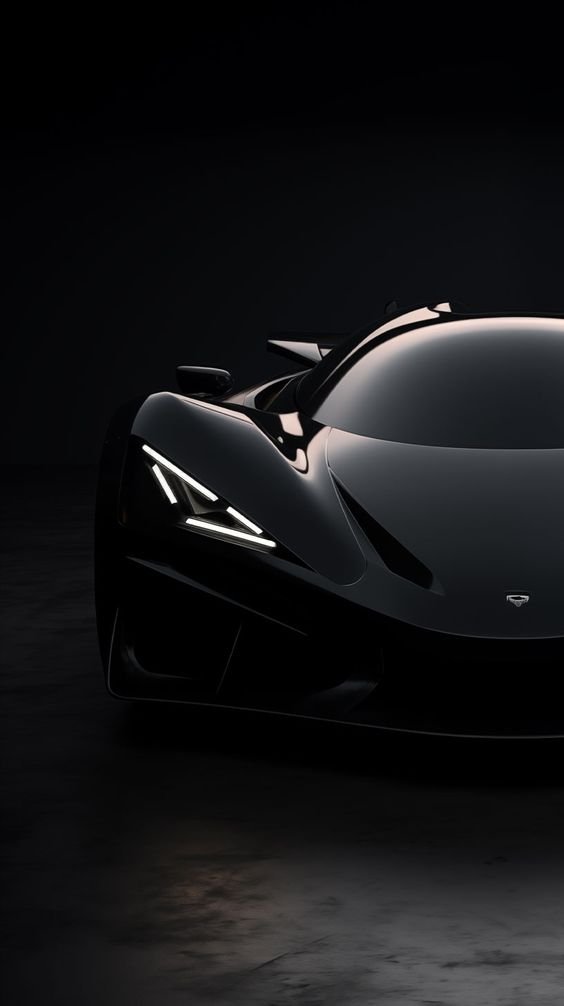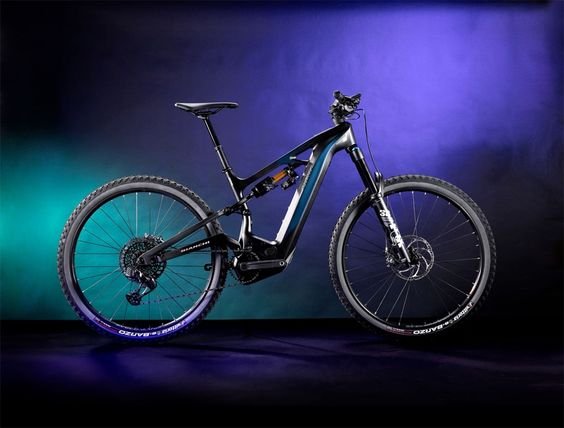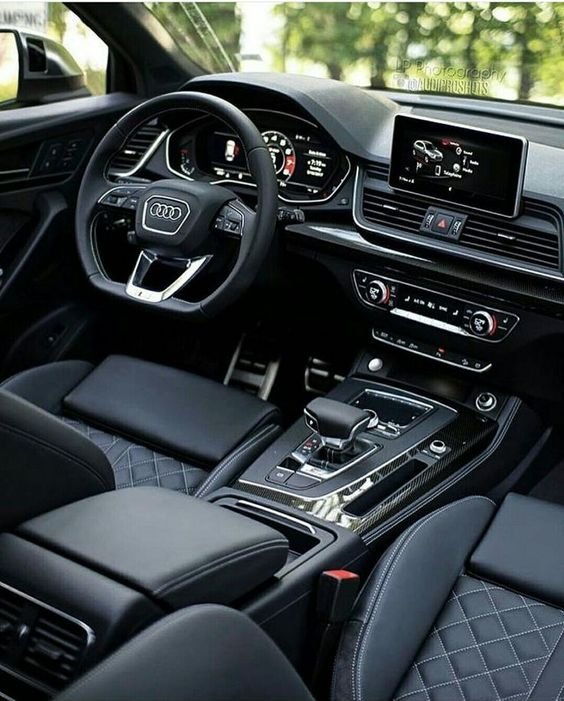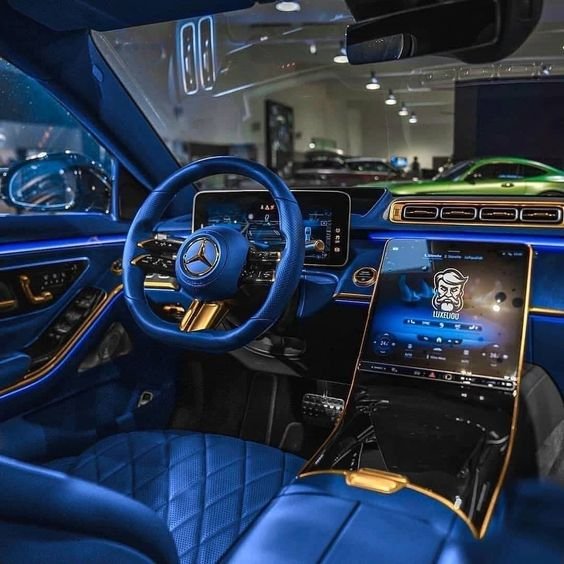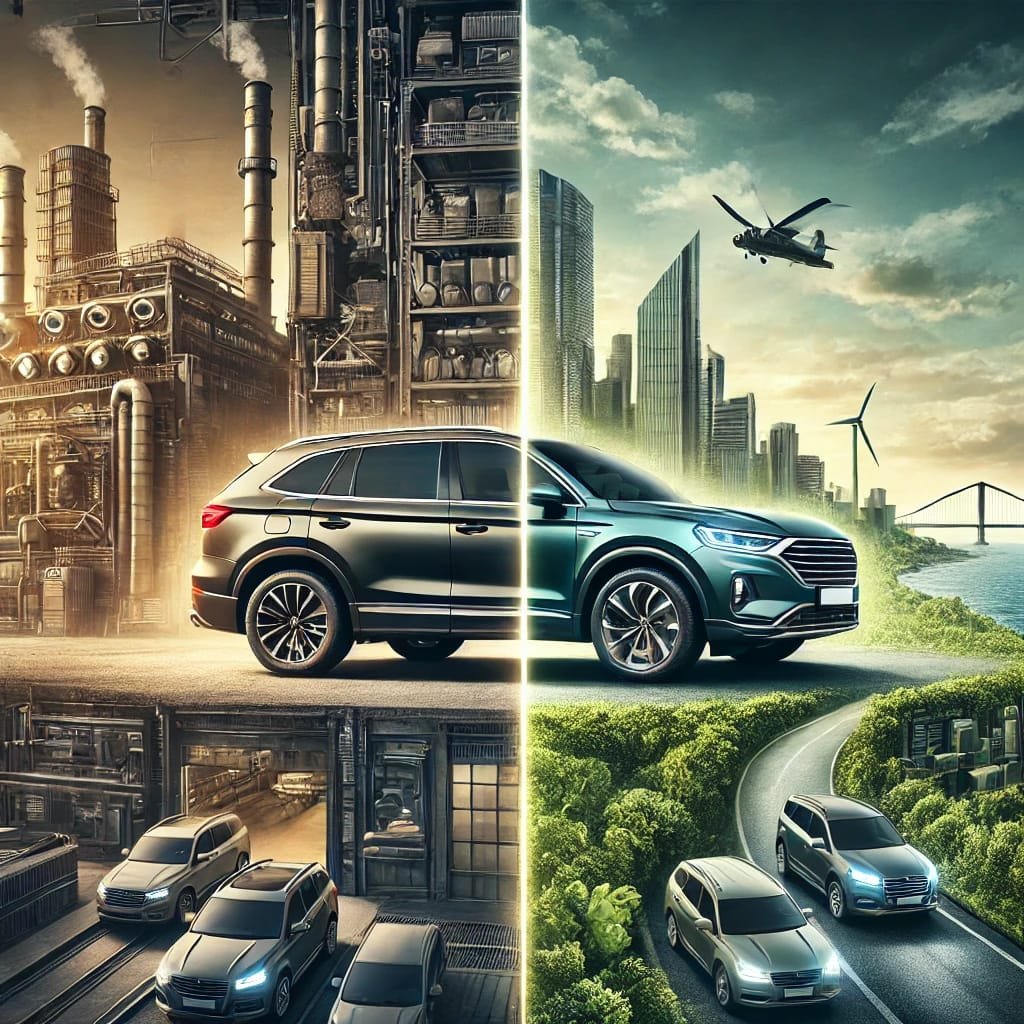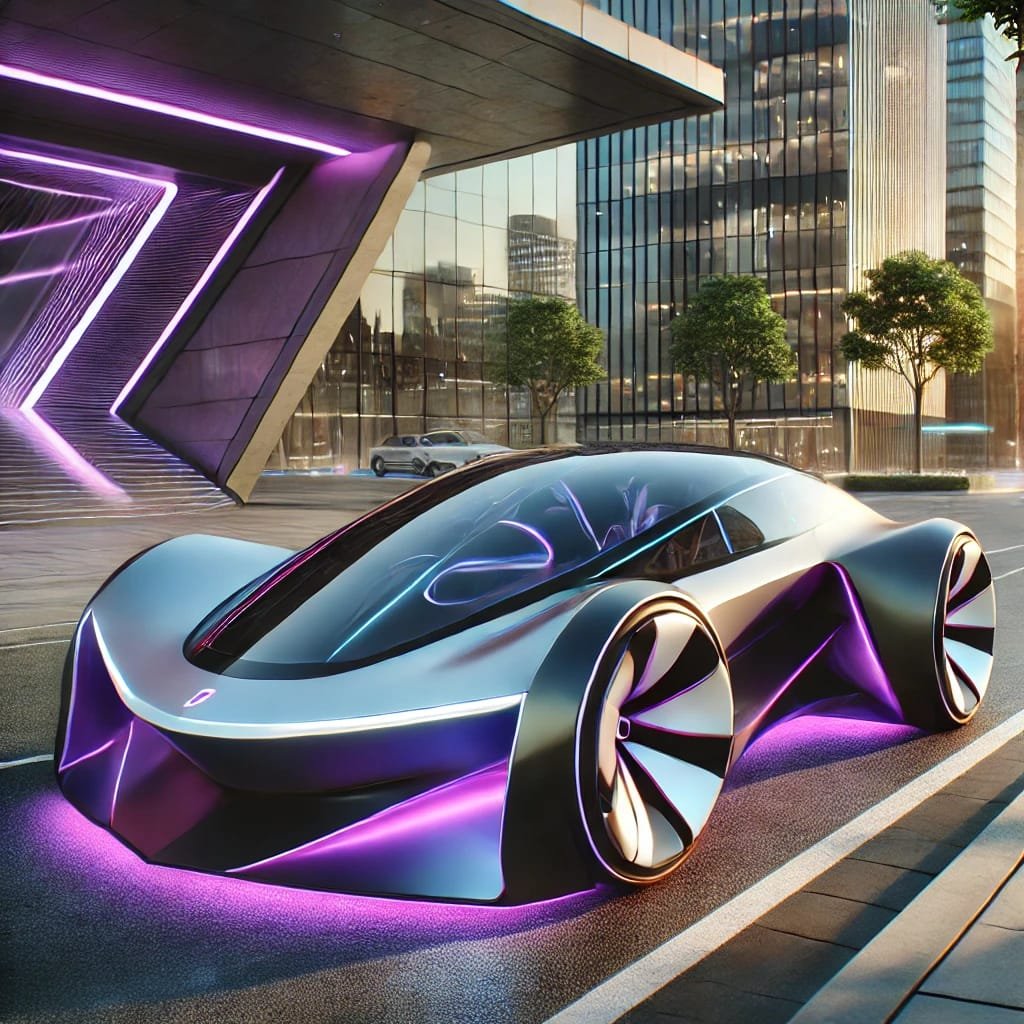
Choosing a new SUV can be an exciting but challenging process, given the wide range of options and features available in today’s market. SUVs are popular for their versatility, space, and capability, making them ideal for families, adventurers, and anyone needing a reliable vehicle for various driving conditions. To help you make an informed decision, here are the top features to look for when selecting a new SUV.
Safety Features
Advanced Driver Assistance Systems (ADAS)
Modern SUVs are equipped with advanced driver assistance systems (ADAS) that enhance safety and make driving easier. Look for features such as:
– Automatic Emergency Braking (AEB)
– Adaptive Cruise Control (ACC)
– Lane Departure Warning and Lane Keep Assist
– Blind-Spot Monitoring
– Rear Cross-Traffic Alert
High Crash Test Ratings
Ensure that the SUV you choose has high crash test ratings from organizations like the National Highway Traffic Safety Administration (NHTSA) and the Insurance Institute for Highway Safety (IIHS). These ratings indicate how well the vehicle protects occupants in the event of a crash.
Airbags and Structural Integrity
Look for SUVs equipped with multiple airbags, including front, side, and curtain airbags, to protect all passengers. Also, consider the vehicle’s structural integrity. SUVs with reinforced frames and crumple zones are designed to absorb impact energy, reducing the risk of injury in a collision.
Performance and Capability
Engine Options and Powertrain
SUVs come with a variety of engine options, from fuel-efficient four-cylinder engines to powerful V6 or V8 engines. Consider your driving needs:
– Four-Cylinder Engines
– V6 or V8 Engines
All-Wheel Drive (AWD) or Four-Wheel Drive (4WD)
If you plan to drive in snowy, rainy, or off-road conditions, consider an SUV with all-wheel drive (AWD) or four-wheel drive (4WD). AWD provides better traction on slippery roads, while 4WD offers enhanced capability for off-road adventures and rough terrain.
Towing Capacity
If you need to tow a trailer, boat, or camper, make sure to check the SUV’s towing capacity. Larger SUVs with V6 or V8 engines typically offer higher towing capacities, making them better suited for heavy loads.
Fuel Efficiency
While SUVs are generally less fuel-efficient than smaller vehicles, advancements in technology have led to more fuel-efficient models. If fuel economy is a priority, consider a hybrid SUV or one with a smaller engine that balances power and efficiency.
Interior Comfort and Space
Seating Capacity and Configuration
Consider how many passengers you need to accommodate. SUVs typically offer seating for five to eight people, depending on whether they have two or three rows. Look for features such as:
– Third-Row Seating
– Adjustable Seats
Cargo Space and Flexibility
SUVs are known for their cargo-carrying capability. Check the amount of cargo space available with all seats in use, and look for flexible storage options such as:
– Fold-Flat Seats
– Power Liftgate
– Underfloor Storage
Interior Materials and Finishes
Consider the quality of the materials used in the SUV’s interior. High-quality materials, such as leather upholstery, soft-touch plastics, and wood or metal accents, can enhance the comfort and luxury of the vehicle. Also, look for durable materials that can withstand wear and tear, especially if you have children or pets.
Technology and Infotainment
Infotainment System
A modern infotainment system can greatly enhance the driving experience. Look for features such as:
– Touchscreen Display
– Smartphone Integration
– Bluetooth Connectivity
– Navigation System
Audio System
If you enjoy listening to music or podcasts while driving, consider the quality of the SUV’s audio system. Some models offer premium sound systems from brands like Bose, Harman Kardon, or Bang & Olufsen, providing a superior listening experience.
Driver Assistance and Convenience Features
In addition to safety technologies, many SUVs offer features that enhance convenience and reduce stress while driving. Look for:
– Parking Assist
– Remote Start and Keyless Entry
– Wireless Charging
Off-Road Capability
Ground Clearance
If you plan to take your SUV off-road, consider its ground clearance. Higher ground clearance allows the vehicle to navigate rough terrain and obstacles more easily without damaging the undercarriage.
Off-Road Driving Modes
Many SUVs offer selectable driving modes designed for different terrains, such as mud, sand, snow, or rock. These modes adjust the vehicle’s performance to provide better traction and control in challenging conditions.
Skid Plates and Protective Features
For serious off-roaders, look for SUVs equipped with skid plates and other protective features that shield the undercarriage from rocks, debris, and rough terrain.
Resale Value and Reliability
Brand Reputation
Some SUV brands are known for their reliability and strong resale value. Research the brand’s reputation and check for awards or accolades related to reliability and customer satisfaction.
Warranty Coverage
Consider the warranty coverage offered by the manufacturer. A comprehensive warranty can provide peace of mind and protect you from unexpected repair costs. Look for warranties that cover both the powertrain and other vehicle components for an extended period.
Depreciation Rate
SUVs tend to hold their value better than smaller vehicles, but depreciation rates can vary by model. Research the expected depreciation for the SUV you’re considering to ensure it will retain its value over time.
Conclusion
Choosing the best SUV for your needs involves evaluating a range of features, from safety and performance to interior comfort and technology. By considering your driving habits, lifestyle, and preferences, you can find an SUV that meets your requirements and provides a safe, comfortable, and enjoyable driving experience. Take the time to research different models, test drive your top choices, and compare features to ensure you make the best decision for you and your family.
ALSO READ: The Best Time of Year to Buy a Car: What You Need to Know

